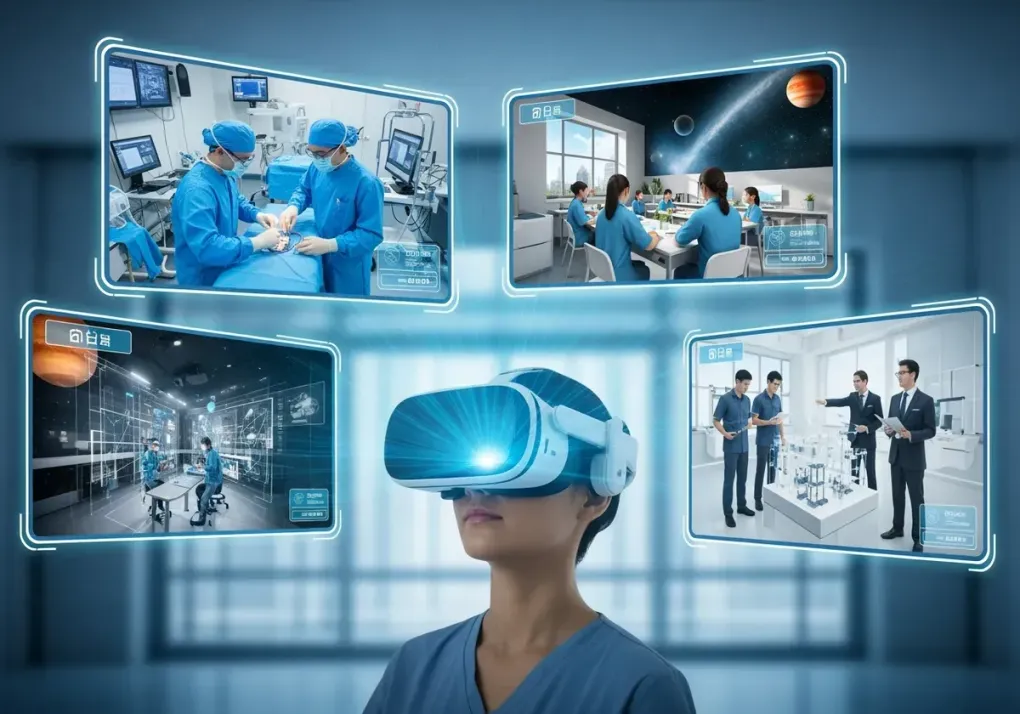
VR is Quietly Growing Up: It's Not Just for Gamers Anymore
For years, Virtual Reality has been stuck in a cycle of hype and disappointment, largely confined to the world of gaming. But in 2025, something different is happening. VR is quietly growing up, shedding its reputation as a niche toy and emerging as a powerful, practical tool that is reshaping industries.
This isn’t about a far-off metaverse. This is about real-world applications, driven by three key trends that are finally pushing VR into the mainstream.
1. Hardware That Actually Works (and is Affordable)
The biggest barrier to VR adoption has always been the hardware. Early headsets were expensive, clunky, and required a powerful PC. That era is over.
Devices like the Meta Quest 3 and Apple’s Vision Pro are setting a new standard. They are powerful, standalone headsets with high-resolution displays and advanced tracking, all at a price point that is becoming accessible to the average consumer. This is the tipping point: when the technology becomes good enough and cheap enough, mass adoption follows.
2. AI-Powered Hyper-Realism
The second major leap is the fusion of VR with Artificial Intelligence. AI is being used to create breathtakingly realistic virtual environments in real-time. More importantly, it’s powering the creation of hyper-realistic avatars that can mirror our facial expressions and body language with stunning accuracy.
This solves one of VR’s biggest challenges: the feeling of interacting with lifeless, robotic characters. When you can see the subtle smile or frown on a colleague’s face in a virtual meeting, the sense of presence and connection becomes real. This is crucial for making VR a viable platform for social interaction and professional collaboration.
3. VR as a Tool, Not a Toy
This is the most important trend: VR is being deployed to solve real-world problems.
- In Healthcare: Surgeons are using VR to practice complex procedures in a risk-free environment. Therapists are using it for exposure therapy to treat PTSD and anxiety, and it’s even being used as a revolutionary tool for pain management during medical treatments.
- In Education: Students are no longer just reading about ancient Rome; they are walking through its streets. They’re not just looking at diagrams of a human heart; they’re holding it in their hands and seeing how it works. VR is turning passive learning into active, immersive experience.
- In Remote Work: Virtual meeting platforms are moving beyond the 2D grid of video calls. Teams can now gather in shared virtual spaces, brainstorm on whiteboards, and interact with 3D models, fostering a level of creativity and connection that a simple video call can’t match.
VR is still a work in progress. Challenges like motion sickness and data privacy need to be addressed. But the trajectory is clear. The technology is finally mature enough, affordable enough, and useful enough to begin making a real impact. The virtual world is no longer just a place to play; it’s becoming a place to learn, to heal, and to work.


